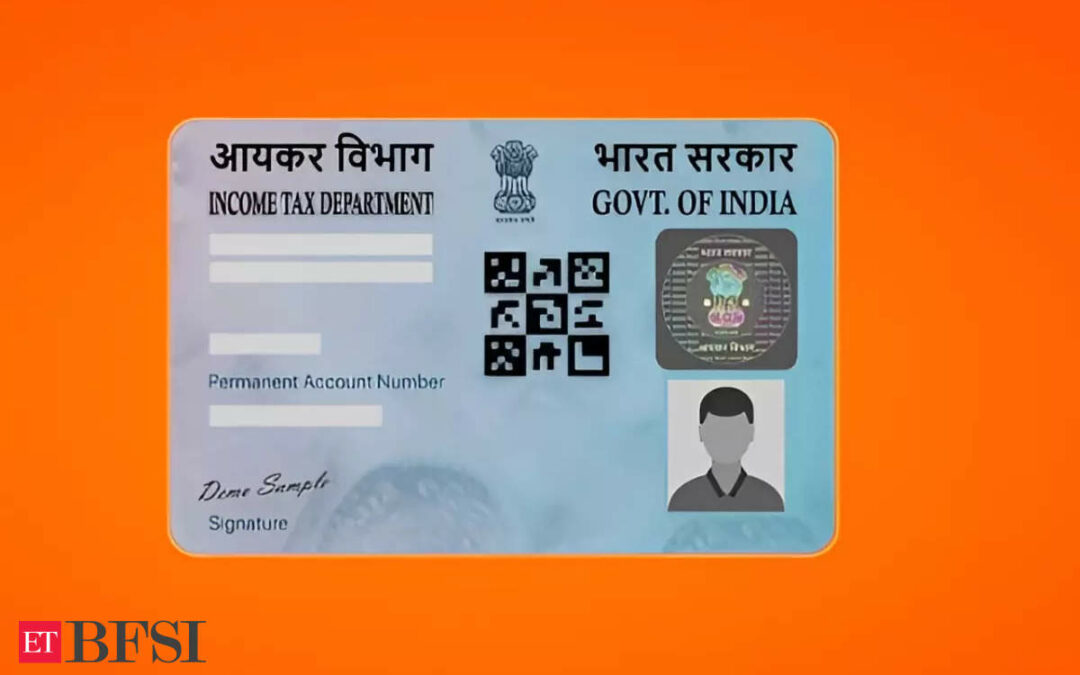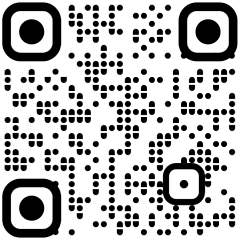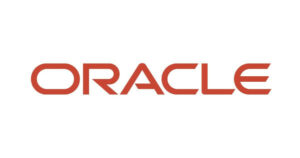The Cabinet Committee on Economic Affairs (CCEA), led by Prime Minister Narendra Modi, has approved the PAN 2.0 project, a major initiative to overhaul the Income Tax Department’s operations. The project aims to modernise India’s taxpayer registration system and create a paperless, online tax ecosystem.
PAN 2.0 is an upgrade to the current system, integrating both core and non-core functions related to Permanent Account Number (PAN) and Tax Deduction and Collection Account Number (TAN) services. The initiative is aligned with the government’s Digital India vision and will enable PAN to serve as a universal identifier across specified digital systems within government agencies.
Key features of PAN 2.0
Among the major features of PAN 2.0 are enhanced QR code integration on new and existing PAN cards, which will allow for better system integration. A data vault system will securely store PAN data, boosting cybersecurity. Additionally, a unified portal will replace outdated systems, streamlining grievance redressal and application processes. The entire PAN application process will be paperless, making it easier and faster for taxpayers to apply for and manage their PAN cards.
While individual PAN holders will retain their current PAN numbers, they will have the option to upgrade to a new PAN card that includes the updated QR code. This upgrade will be free of charge, and the Income Tax Department will provide details on the process.
Businesses will benefit from the integration of PAN, TAN, and Taxpayer Identification Number (TIN) into a unified system, simplifying the filing of tax returns and payments while improving compliance and data consistency.
Security enhancements
The PAN 2.0 system will implement a mandatory PAN data vault, securely storing user information to minimize the risk of data breaches and ensure compliance with modern cybersecurity standards. The government has allocated Rs 1,435 crore for the development of PAN 2.0, covering the technological upgrades necessary to establish a fully digitized tax ecosystem. Although the exact rollout timeline has not been confirmed, existing PAN holders will be given ample time to transition to the new system.
The evolution of PAN system
The PAN system has seen significant growth since its introduction. As of 2024, 746 million PAN cards have been issued, covering 54% of the population, compared to 1.38 billion Aadhaar cards issued in the country. The government mandated the linking of PAN with Aadhaar in 2017 to address inconsistencies, such as multiple PAN cards being issued to a single individual. Currently, 605 million PAN cards are linked to Aadhaar.
The PAN card holder demographic has shifted over the years, with a steady reduction in the gender gap. In 2019, 65.37% of PAN card holders were male, and 34.63% were female. By 2024, this distribution had shifted to 57.55% male and 42.46% female. Notably, individuals account for 98% of PAN holders.











